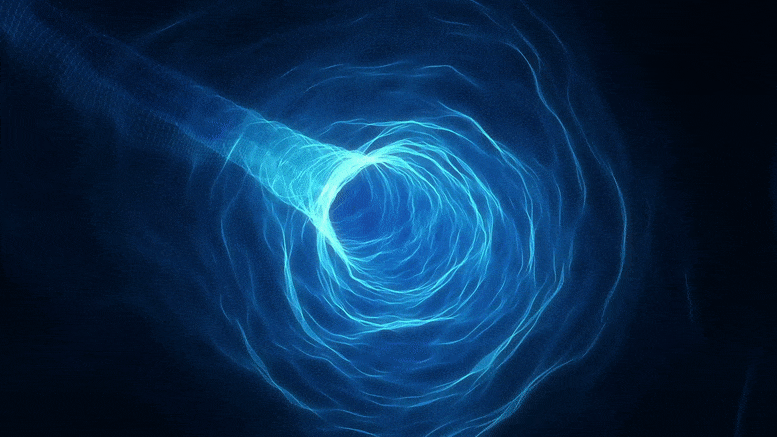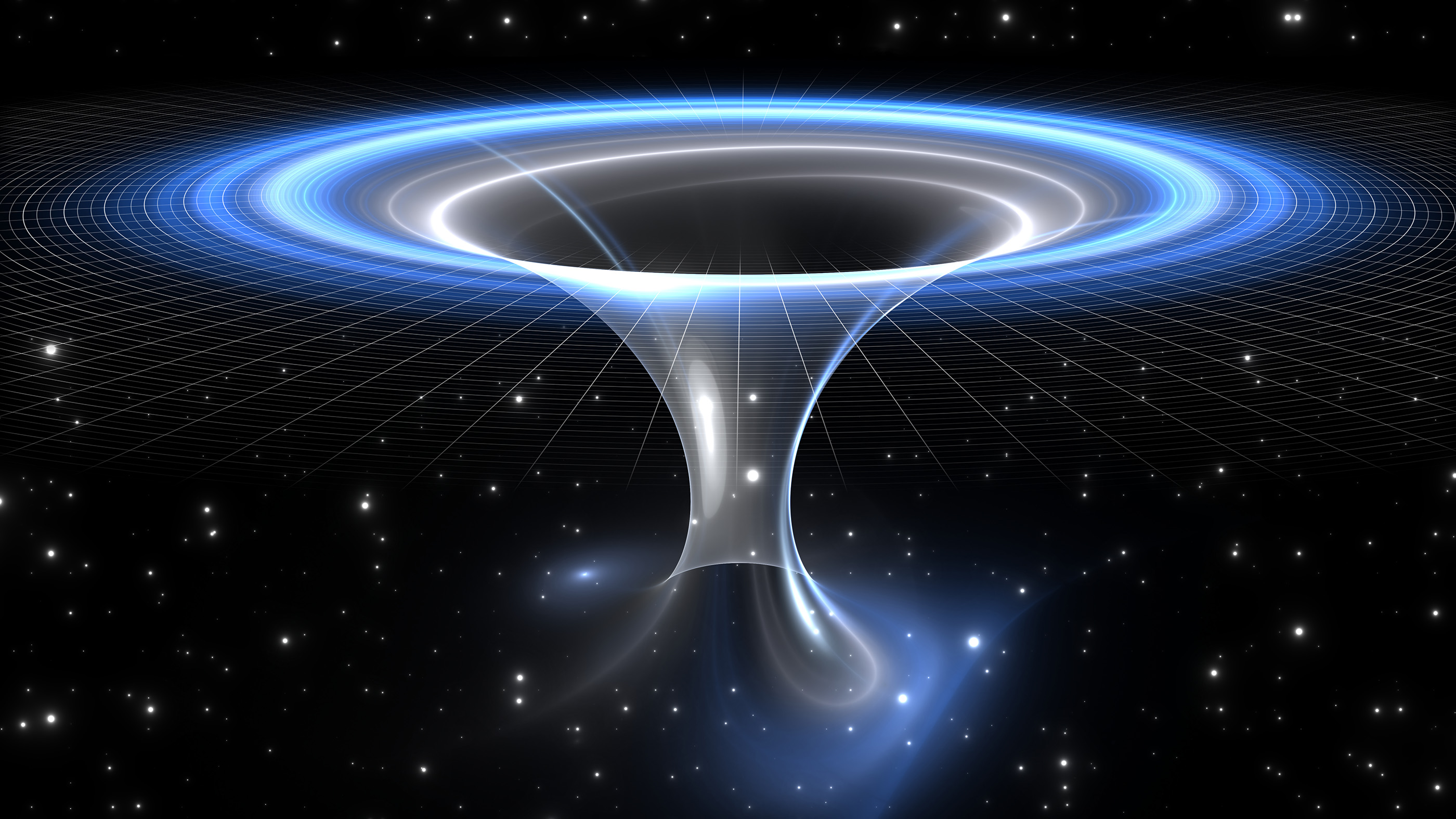Some scientists believe black holes might be wormholes, offering shortcuts through space and time

A team of physicists from Sofia University in Bulgaria has proposed a fascinating theory that wormholes, hypothetical tunnels linking different parts of the universe, could be hiding in plain sight. These wormholes may resemble black holes so closely that current technology cannot distinguish between the two, according to a new study reported by New Scientist.
Could Wormholes and Black Holes Be the Same?
Black holes have long been a source of mystery. They absorb everything, even light, leaving no trace of what falls into them. But where does the swallowed matter go? Some physicists have speculated that black holes might connect to “white holes,” which would spew out particles and radiation on the other end. Together, these phenomena could form a wormhole, or more specifically, an Einstein-Rosen bridge, connecting distant regions of space and time.
According to team lead Petya Nedkova from Sofia University, the idea of wormholes has slowly moved from science fiction to serious scientific inquiry. “Ten years ago, wormholes were completely in the area of science fiction,” she told New Scientist. “Now, they are coming forward to the frontiers of science and people are actively searching.”

Nedkova’s team created a new computer model, detailed in a paper published in the journal Physical Review D, to explore whether wormholes could be hiding as black holes. Their model suggests that the radiation emitted from the swirling discs of matter surrounding wormholes might look almost identical to that coming from black holes.
In fact, the difference in light polarization — the direction in which light waves vibrate — between black holes and wormholes is minimal. The team calculated that this difference is less than 4%, making it extremely difficult to tell them apart with current observational tools.
Searching for Distinctive Wormhole Signs
While today’s technology isn’t capable of distinguishing between black holes and wormholes, the researchers suggest that future observations may offer some clues. For example, Nedkova proposes that light from the “other end” of a wormhole could potentially spill through, creating rings of light around what we currently perceive as black holes. These small rings might be one way to identify wormholes, but for now, these phenomena remain purely theoretical.
Despite the similarities between black holes and wormholes, we may have to wait for higher-resolution telescopes to truly test this theory. Current telescopes are not advanced enough to detect the subtle differences in light polarization or any possible light leakage that could distinguish a wormhole from a black hole.
Nedkova humorously adds that there’s one very risky way to find out if a black hole is really a wormhole — to travel into it. “If you were nearby, you would find out too late,” she said. “You’ll get to know the difference when you either die or pass through.”
For now, the question of whether some black holes could actually be wormholes remains unanswered. As new technology is developed and our understanding of the universe deepens, scientists will continue to search for ways to unlock the secrets of these celestial objects.





Unlikely though highly theorized. Dropping a probe in one, would yield no data as even if it was a wormhole, the probability that it would align to our location in space and beam any data back would likely be an inconceivably low number. Couple this with an almost certain assumption that the distance travelled would be well beyond the lifespan of humanity so we would have no “real time” data. And on our end we would only see the probe’s destruction, therefore we would consider it a failed mission and move on believing that it is impossible for anything to survive a black hole. Just my theory on the subject.
They are two different things? black holes exist, and wormholes are theoretical.
A black hole is a region of space-time that is warped to the point that nothing can escape. This is the result of a very large amount of mass in a very small volume. They can be the remnents of cores of very massive stars after they run out of fuel and collapse. There are also supermassive blackholes that lie in the centers of some galaxies that are probably the result of galactic evolution.
A wormhole is a shortcut in space-time. The topology is such that by traveling through a wormhole you can arrive to a destination faster than going in the standard direct route. They are often visualized as a tunnel between two sheets of space.
No wormholes have ever been detected. As far as we know they would require massive amounts of negative energy to hold open, and they would be the equivalent of a time machine. There are good reasons to believe that they cannot exist.
Difference:
Hypotheses of wormholes: (scientific and non-scientific)
I don’t know the mathematics of both of them, but they can easily be found on Wikipedia and some papers.
[…] Read more […]